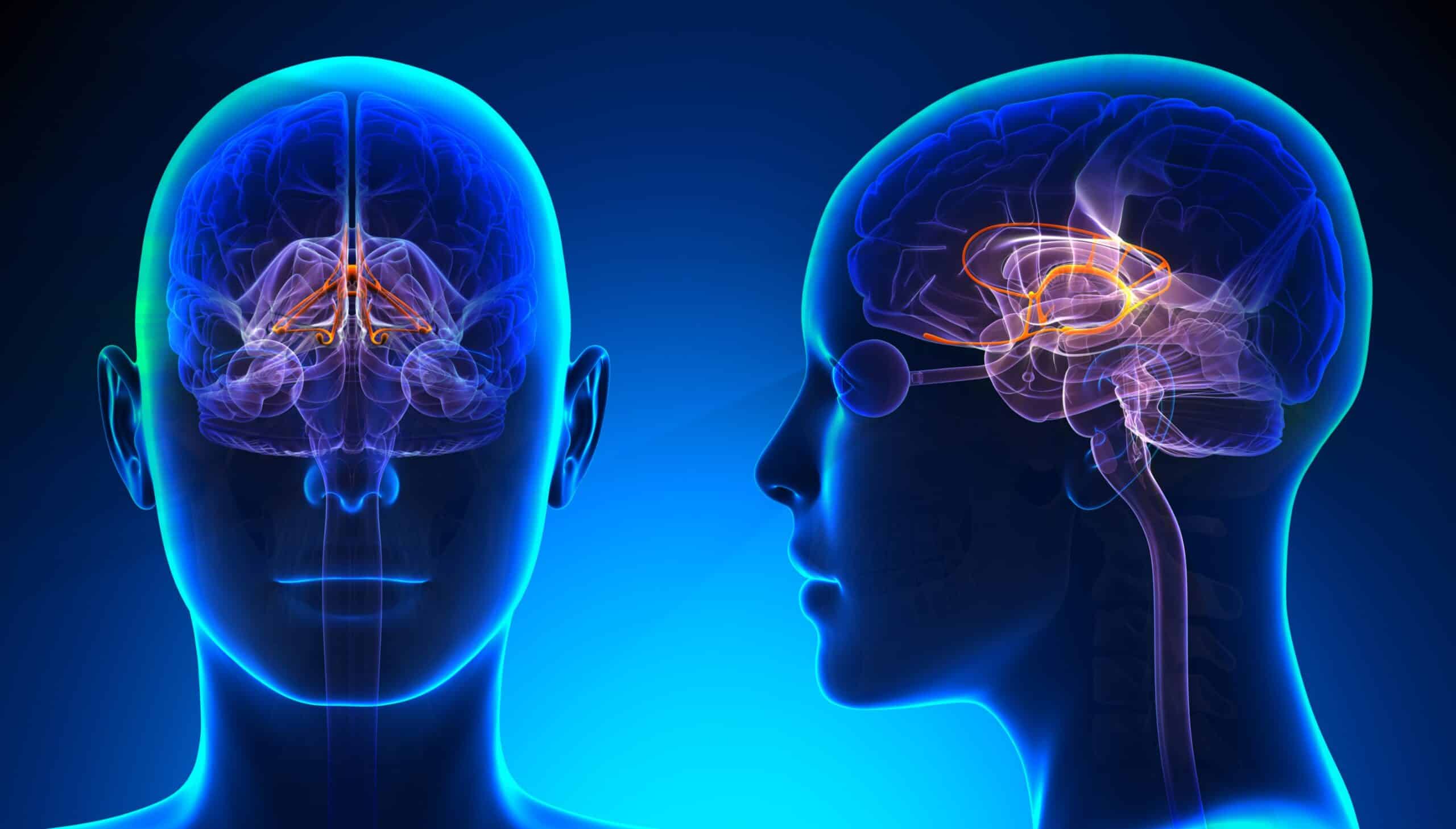A group of scientists, led by Scripps Research, has discovered a node in the brains of male mice that modulates the sounds they make in social situations. This discovery, published in Nature, could help identify similar locations in the human brain, and potentially lead to a better understanding of social disorders such as autism or depression.
“Identifying this node gives us signatures of what to look for when human behavior goes awry,” says Lisa Stowers, Ph.D., a neuroscientist and professor at Scripps Research who led the study. “It’s giving us clues to how information is organized in the brain, and how different features of information can be separated out in different brain regions.”
As part of their courtship behavior, male mice produce “songs.” These complicated whistles, which are too high for the human ear to detect, are louder and longer when the female mouse is nearby or when her scent is stronger. The researchers identified a specific type of neuron in a part of the hypothalamus called the lateral preoptic area that controls the emotional regulation of these sounds.
“The hypothalamus and the rest of the limbic system control body functions such as hunger, thirst and temperature regulation, as well as the basic features of emotional behavior like sex and fear,” Stowers says. “It is fitting that the emotional aspect of these social noises are generated in this region of the brain.”
By directly stimulating the right nodes from these neurons, the scientists could trigger the whole array of noises that go into a mouse song. Varying the level of stimulation allowed them to control how enthusiastic those sounds were.
When the researchers blocked these nodes, male mice encountering a female would attempt to court her in silence. (Female mice responded by kicking the males and running away.) If the researchers bypassed these nodes and activated the next node downstream, the male mice only made long, loud noises.
“They’re basically just shouting,” Stowers says. “By finding these neurons, it’s telling us that this part of the brain is doing this emotional scaling and persistence. If you take that away, then you lose all of that affect, all of that emotional range, and the ability to have effective social communication.”
Most research on noise production in the brain has focused on language development, Stowers says. But the sounds that even an infant can make — a giggle, a cry, a scream — don’t have to be learned and are just as vital for communication. Identifying how the brain decides on these responses is the first step to understanding where things can go wrong in social behavioral disorders such as autism and depression.
“We are starting to get a detailed look at where in the brain different types of computations are being made,” Stowers says. “Now that we know that this simple behavior is regulated in the hypothalamus, we can study whether others behaviors are also using similar circuits and if so, perhaps find a common mechanism — and drug target — for when emotions are not generated appropriately.”
Funding was provided by the Dorris Neuroscience and Skaggs Scholarships, the Anandamahidol Foundation Fellowship, Career Award at the Scientific Interface from BWF and the National Institutes of Health (R01NS097772, R01DA049787, R01NS108439).




